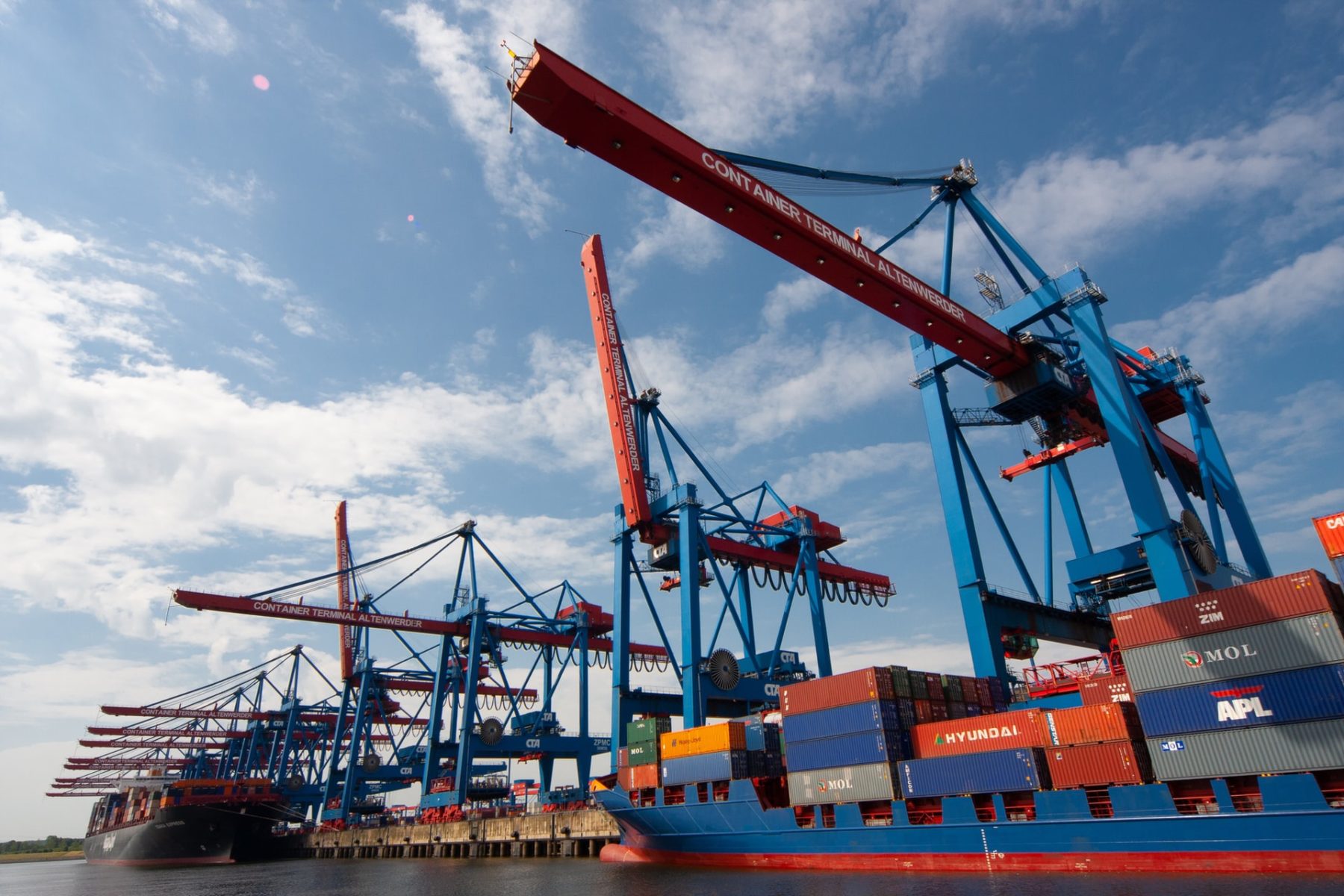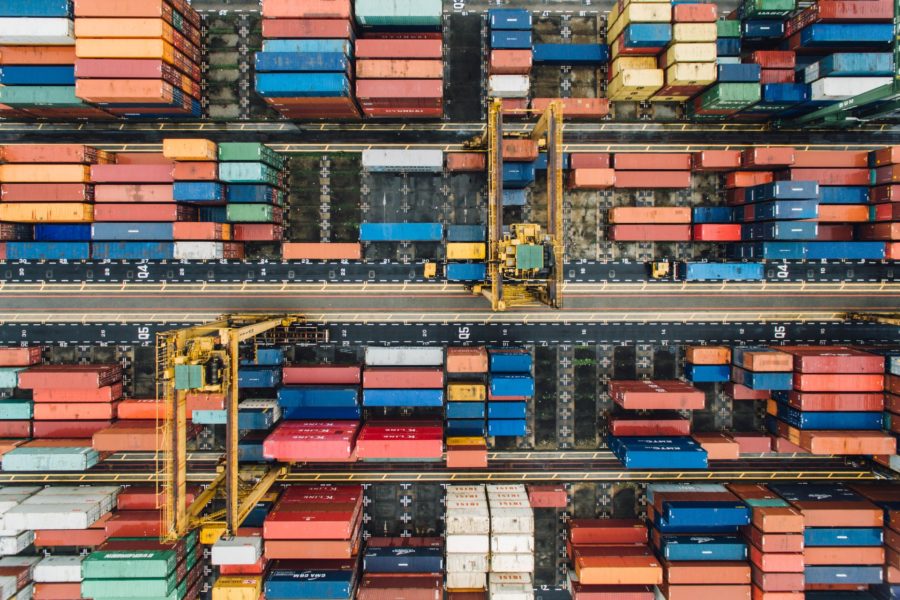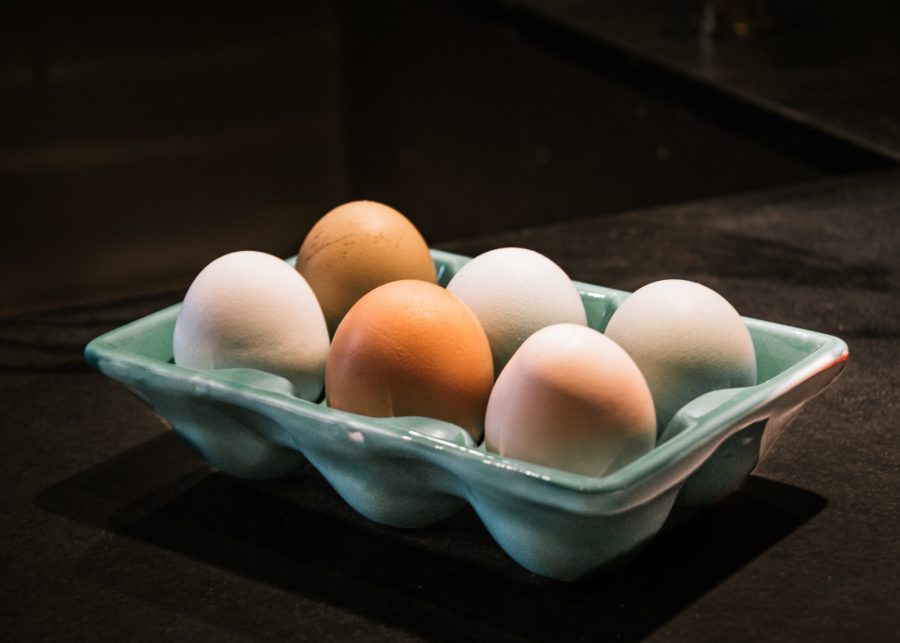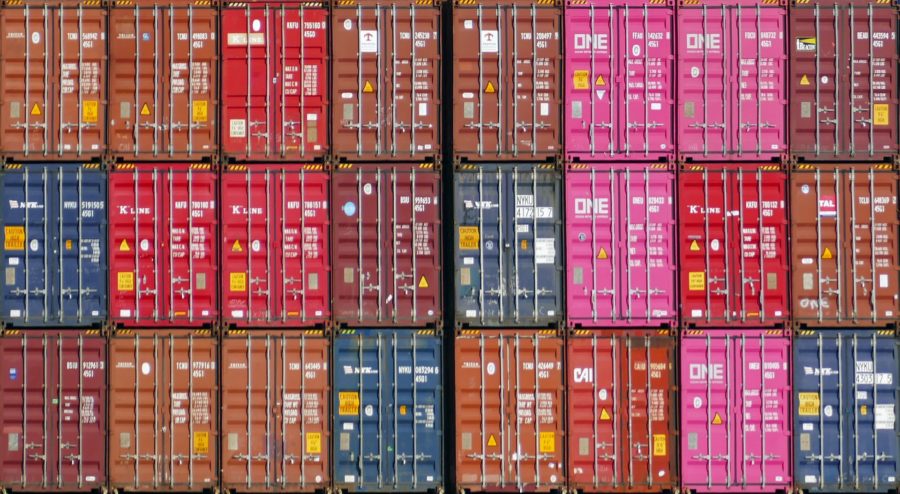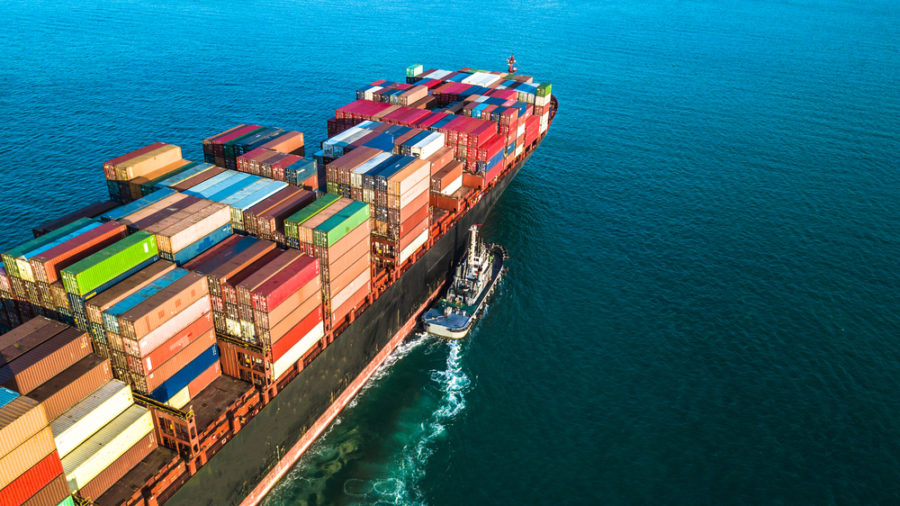November 19, 2020
Container Freight Rates Soar On Consumer Goods

Global container shipping rates have surged, with increased demand for restocking across the United States and Europe, container scarcity at export hubs, and changes in freight flows due to the COVID-19 pandemic.
The Freightos Baltic Global Container Index (FBX), a weighted average of 12 major global container routes, rose to $2,359 per forty-foot equivalent (FEU) container this week, the highest on record and up 30% since July 1.
“The spike is driven by very high demand for container freight since July, driven by post-lockdown restocking, limited air-freight capacity, incremental demand for stay-home goods and PPE (personal protective equipment), and a severe shortage of containers,” said Hua Joo Tan, container shipping market analyst at Liner Research Services.
Aside from the restocking swell, container rates have also climbed on a surge in orders from firms that usually ship goods in the belly of passenger jets, but now must use container vessels while much of the global air fleet remains grounded.
An uneven worldwide distribution of containers caused by disruptions to logistics channels because of COVID-19 lockdowns has also boosted rates.
While container costs are expected to stay high through the end of 2020, the evolving pandemic situation in major economies may abruptly change the trajectory of rates next year.
If the pandemic worsens and leads to stricter lockdowns and deeper recessions, consumers would likely cut spending as unemployment rises, reducing container demand.
(Source: The Chronicle Herald)

